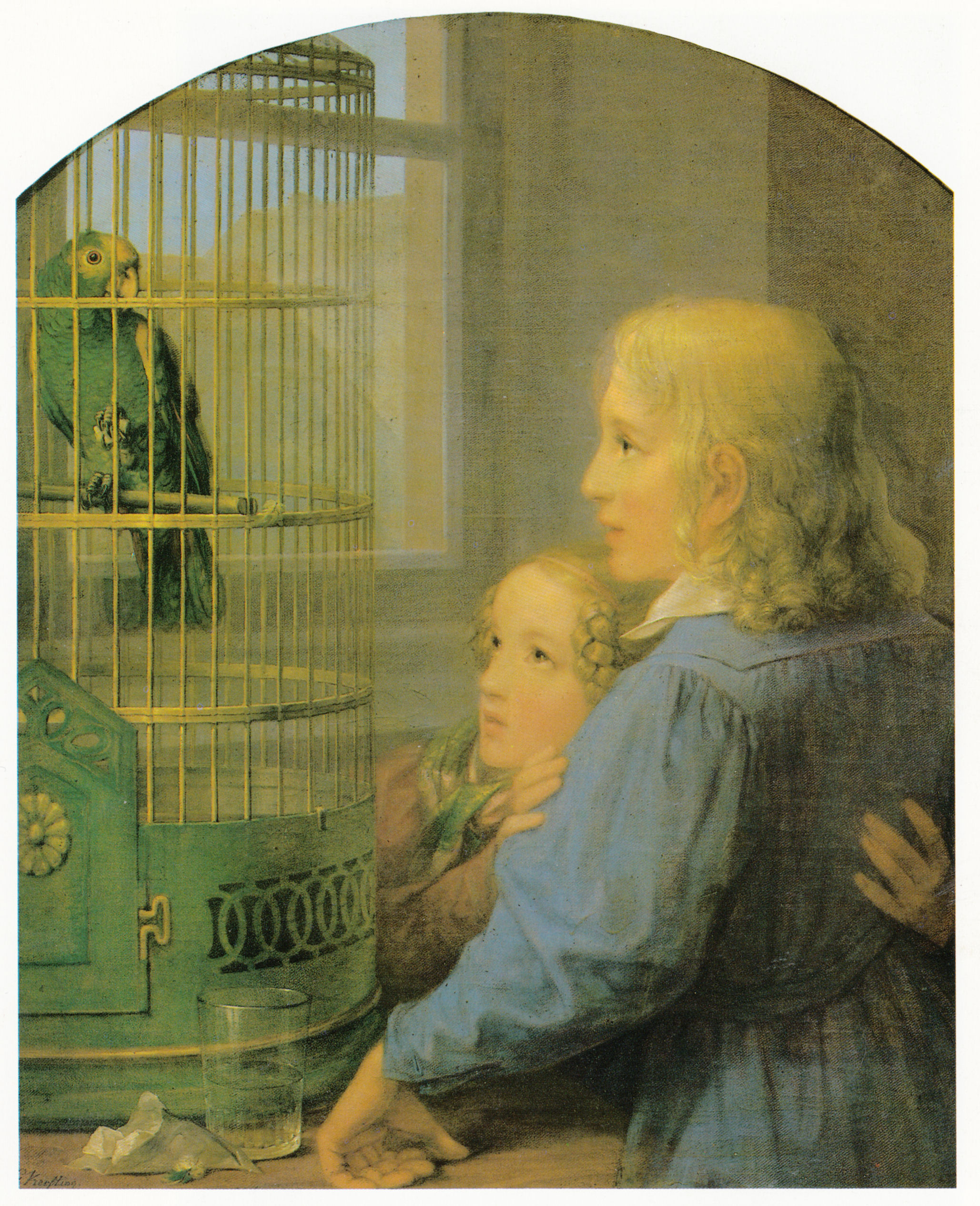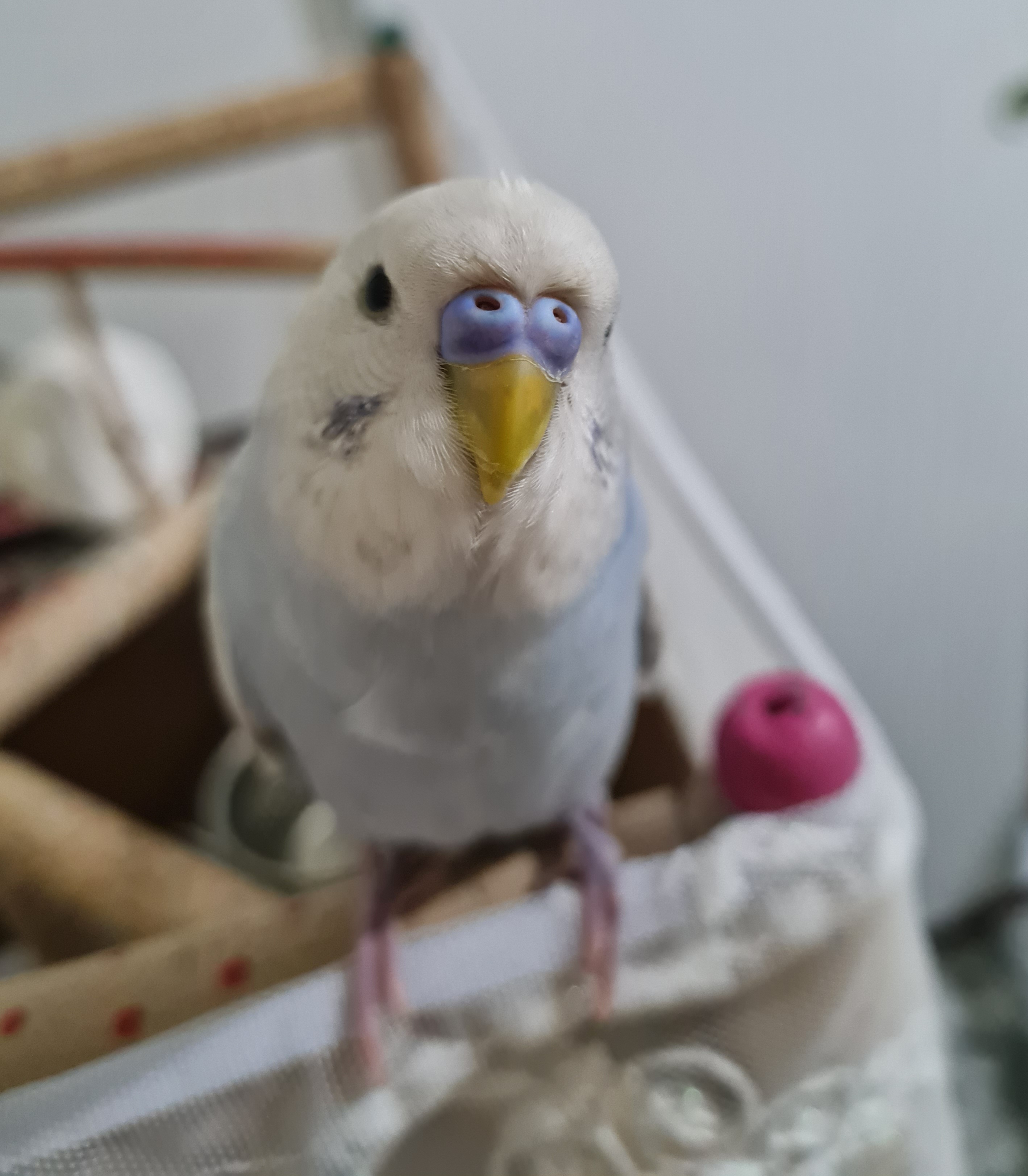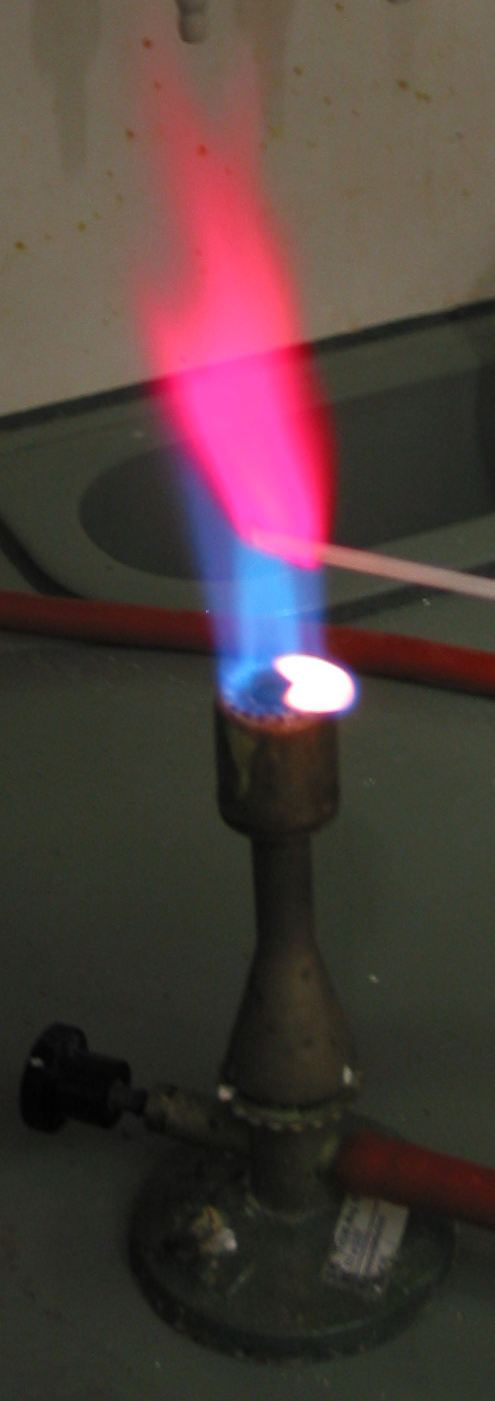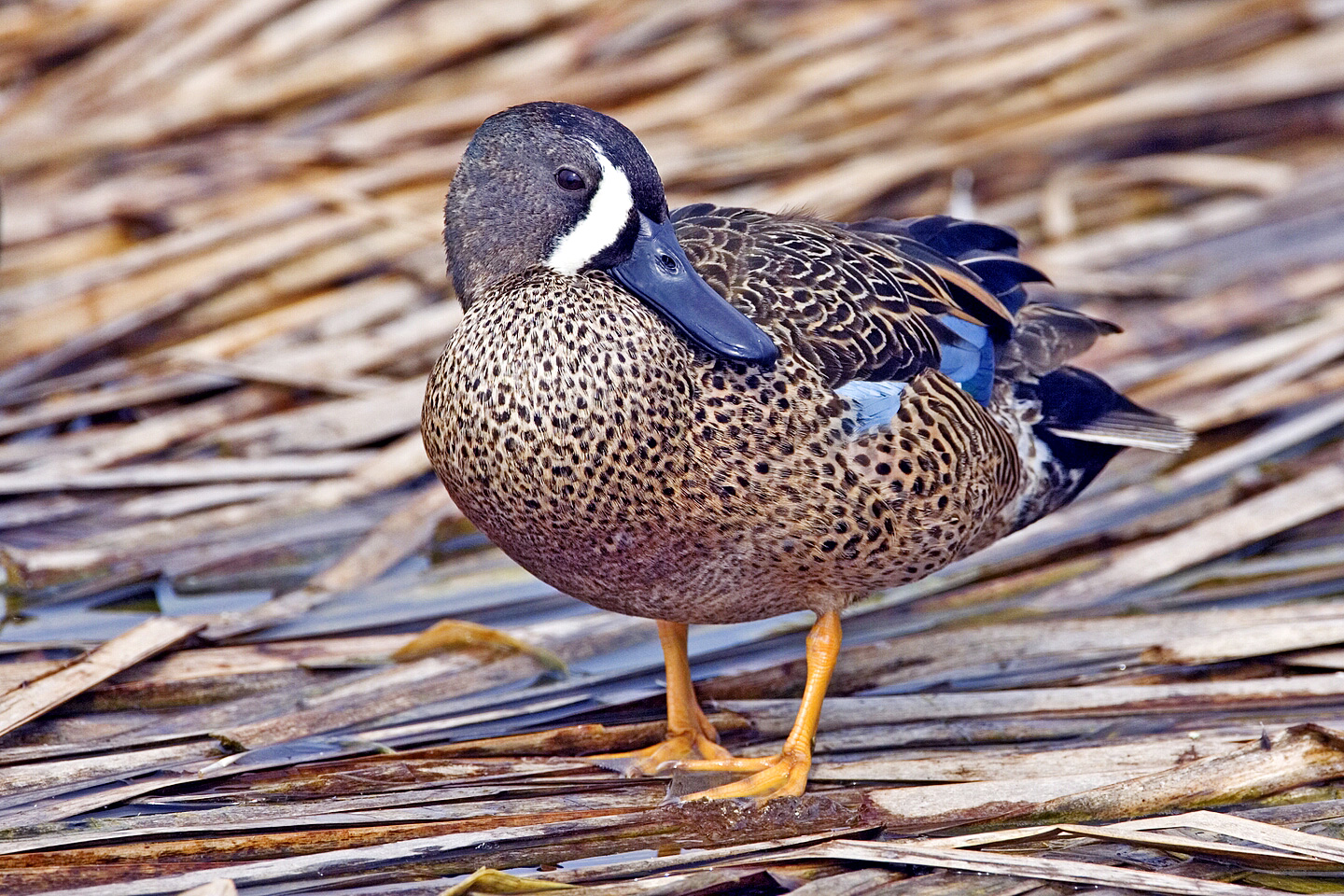|
Polydipsia In Birds
Polydipsia is an excessively large water intake. Its occurrence in captive birds has been recorded, although it is a relatively rare abnormal behaviour. Causes Toxins Polydipsia can be the result of a bird having ingested a toxin, or overconsumption of natural substances. For example, in pet birds, crackers, snack items, chips, fast foods, and canned vegetables (unrinsed) if eaten in sufficient quantities may cause a mild salt toxicity (5-10 times requirement) and subsequent polydipsia. Polydipsia can result from zinc poisoning to which caged birds may be particularly susceptible because of the zinc coating often used on birdcage bars. Polydipsia has been experimentally induced in pigeons, budgerigars and ducks, by the administration of lithium chloride (LiCl). The polydipsic effect was greatest in budgerigars, a desert-dwelling species with a well-developed fluid retention system, and least in ducks, a species with an efficient sodium-secretion system.Hardy, W.T. and Westbrook R.F ... [...More Info...] [...Related Items...] OR: [Wikipedia] [Google] [Baidu] |
Polydipsia
Polydipsia is excessive thirst or excess drinking.Porth, C. M. (1990). ''Pathophysiology: Concepts of altered health states''. Philadelphia: J.B. Lippincott Company. The word derives from the Greek () "very thirsty", which is derived from (, "much, many") + (, "thirst"). Polydipsia is a nonspecific symptom in various medical disorders. It also occurs as an abnormal behaviour in some non-human animals, such as in birds. Causes Diabetes Polydipsia can be characteristic of diabetes mellitus, often as an initial symptom. It is observed in cases of poorly controlled diabetes, which is sometimes the result of low patient adherence to anti-diabetic medication. Diabetes insipidus ("tasteless" diabetes, as opposed to diabetes mellitus) can also cause polydipsia. Other physiological causes It can also be caused by a change in the osmolality of the extracellular fluids of the body, hypokalemia, decreased blood volume (as occurs during major hemorrhage), and other conditions that cre ... [...More Info...] [...Related Items...] OR: [Wikipedia] [Google] [Baidu] |
Zinc
Zinc is a chemical element with the symbol Zn and atomic number 30. Zinc is a slightly brittle metal at room temperature and has a shiny-greyish appearance when oxidation is removed. It is the first element in group 12 (IIB) of the periodic table. In some respects, zinc is chemically similar to magnesium: both elements exhibit only one normal oxidation state (+2), and the Zn2+ and Mg2+ ions are of similar size.The elements are from different metal groups. See periodic table. Zinc is the 24th most abundant element in Earth's crust and has five stable isotopes. The most common zinc ore is sphalerite (zinc blende), a zinc sulfide mineral. The largest workable lodes are in Australia, Asia, and the United States. Zinc is refined by froth flotation of the ore, roasting, and final extraction using electricity ( electrowinning). Zinc is an essential trace element for humans, animals, plants and for microorganisms and is necessary for prenatal and postnatal development. It ... [...More Info...] [...Related Items...] OR: [Wikipedia] [Google] [Baidu] |
Birdcage
A birdcage (or bird cage) is a cage (enclosure), cage designed to house birds as pets. Antique (or antique-style) birdcages are often popular as collectors' items or as household decor but most are not suitable for housing live birds, being too small, improper shape, using unsafe materials or construction. Longer, good quality cages designed for pet birds are more suitable. Design and size In general, the larger and the more active the bird, the larger the cage one should use. The amount of time the bird will spend in the cage each day is also a factor. A bird that is caged most of the time requires far more space than a bird caged only at night. Some birds have special requirements. Amazon parrot, Amazons and cockatiels prefer horizontal bars, as they like to climb. Messy eaters should have a seed skirt to catch food. Breeding birds may require a nest or breeding box and a larger size cage. Smart birds, like parrots and crows, need secure latching mechanisms to prevent them f ... [...More Info...] [...Related Items...] OR: [Wikipedia] [Google] [Baidu] |
Pigeon
Columbidae () is a bird family consisting of doves and pigeons. It is the only family in the order Columbiformes. These are stout-bodied birds with short necks and short slender bills that in some species feature fleshy ceres. They primarily feed on seeds, fruits, and plants. The family occurs worldwide, but the greatest variety is in the Indomalayan and Australasian realms. The family contains 344 species divided into 50 genera. Thirteen of the species are extinct. In English, the smaller species tend to be called "doves" and the larger ones "pigeons". However, the distinction is not consistent, and does not exist in most other languages. Historically, the common names for these birds involve a great deal of variation between the terms. The bird most commonly referred to as just "pigeon" is the domestic pigeon, which is common in many cities as the feral pigeon. Doves and pigeons build relatively flimsy nests, often using sticks and other debris, which may be placed on bra ... [...More Info...] [...Related Items...] OR: [Wikipedia] [Google] [Baidu] |
Budgerigar
The budgerigar ( ; ''Melopsittacus undulatus''), also known as the common parakeet or shell parakeet, is a small, long-tailed, seed-eating parrot usually nicknamed the budgie ( ), or in American English, the parakeet. Budgies are the only species in the genus ''Melopsittacus''. Naturally, the species is green and yellow with black, scalloped markings on the nape, back, and wings. Budgies are bred in captivity with colouring of blues, whites, yellows, greys, and even with small crests. Juveniles and chicks are monomorphic, while adults are told apart by their cere colouring, and their behaviour. The species is the only member of the genus ''Melopsittacus'', which is the only genus in the Melopsittacini tribe. The origin of the budgerigar's name is unclear. First recorded in 1805, budgerigars are popular pets around the world due to their small size, low cost, and ability to mimic human speech. They are likely the third most popular pet in the world, after the domesticated d ... [...More Info...] [...Related Items...] OR: [Wikipedia] [Google] [Baidu] |
Duck
Duck is the common name for numerous species of waterfowl in the family Anatidae. Ducks are generally smaller and shorter-necked than swans and geese, which are members of the same family. Divided among several subfamilies, they are a form taxon; they do not represent a monophyletic group (the group of all descendants of a single common ancestral species), since swans and geese are not considered ducks. Ducks are mostly aquatic birds, and may be found in both fresh water and sea water. Ducks are sometimes confused with several types of unrelated water birds with similar forms, such as loons or divers, grebes, gallinules and coots. Etymology The word ''duck'' comes from Old English 'diver', a derivative of the verb 'to duck, bend down low as if to get under something, or dive', because of the way many species in the dabbling duck group feed by upending; compare with Dutch and German 'to dive'. This word replaced Old English / 'duck', possibly to avoid confusion with ... [...More Info...] [...Related Items...] OR: [Wikipedia] [Google] [Baidu] |
Lithium Chloride
Lithium chloride is a chemical compound with the formula Li Cl. The salt is a typical ionic compound (with certain covalent characteristics), although the small size of the Li+ ion gives rise to properties not seen for other alkali metal chlorides, such as extraordinary solubility in polar solvents (83.05 g/100 mL of water at 20 °C) and its hygroscopic properties. Chemical properties The salt forms crystalline hydrates, unlike the other alkali metal chlorides. Mono-, tri-, and pentahydrates are known. The anhydrous salt can be regenerated by heating the hydrates. LiCl also absorbs up to four equivalents of ammonia/mol. As with any other ionic chloride, solutions of lithium chloride can serve as a source of chloride ion, e.g., forming a precipitate upon treatment with silver nitrate: : LiCl + AgNO3 → AgCl + LiNO3 Preparation Lithium chloride is produced by treatment of lithium carbonate with hydrochloric acid. Anhydrous LiCl is prepared from the hydrate ... [...More Info...] [...Related Items...] OR: [Wikipedia] [Google] [Baidu] |
Duck Virus Enteritis
Duck plague (also known as duck viral enteritis) is a worldwide disease caused by ''Anatid alphaherpesvirus 1'' (AnHV-1) of the family '' Herpesviridae'' that causes acute disease with high mortality rates in flocks of ducks, geese, and swans. It is spread both vertically and horizontally—through contaminated water and direct contact. Migratory waterfowl are a major factor in the spread of this disease as they are often asymptomatic carriers of disease. The incubation period is three to seven days. Birds as young as one week old can be infected. DEV is not zoonotic. Clinical signs and diagnosis Upon exposure to DEV there is a 3-7 day for domestic fowl and up to a 14 day for wildfowl incubation period for the onset of symptoms. Sudden and persistent increases in flock mortality is often the first observation of DEV. Symptoms in individual birds include loss of appetite, decreased egg production (nearing 20-40% decreases), nasal discharge, increased thirst, diarrhea, a ... [...More Info...] [...Related Items...] OR: [Wikipedia] [Google] [Baidu] |
Dopaminergic Pathways
Dopaminergic pathways (dopamine pathways, dopaminergic projections) in the human brain are involved in both physiological and behavioral processes including movement, cognition, executive functions, reward, motivation, and neuroendocrine control. Each pathway is a set of projection neuron, projection neurons, consisting of individual dopaminergic neurons. The four major dopaminergic pathways are the mesolimbic pathway, the mesocortical pathway, the nigrostriatal pathway, and the tuberoinfundibular pathway.The mesolimbic pathway and the mesocortical pathway form the mesocorticolimbic system. Two other dopaminergic pathways to be considered are the hypothalamospinal tract and the incertohypothalamic pathway. Parkinson's disease, attention deficit hyperactivity disorder (ADHD), substance use disorders (addiction), and restless legs syndrome (RLS) can be attributed to dysfunction in specific dopaminergic pathways. The dopamine neurons of the dopaminergic pathways synthesize and r ... [...More Info...] [...Related Items...] OR: [Wikipedia] [Google] [Baidu] |
Reinforcement
In behavioral psychology, reinforcement is a consequence applied that will strengthen an organism's future behavior whenever that behavior is preceded by a specific antecedent stimulus. This strengthening effect may be measured as a higher frequency of behavior (e.g., pulling a lever more frequently), longer duration (e.g., pulling a lever for longer periods of time), greater magnitude (e.g., pulling a lever with greater force), or shorter latency (e.g., pulling a lever more quickly following the antecedent stimulus). The model of self-regulation has three main aspects of human behavior, which are self-awareness, self-reflection, and self-regulation. Reinforcements traditionally align with self-regulation. The behavior can be influenced by the consequence but behavior also needs antecedents. There are four types of reinforcement: positive reinforcement, negative reinforcement, extinction, and punishment. Positive reinforcement is the application of a positive reinforcer. Negati ... [...More Info...] [...Related Items...] OR: [Wikipedia] [Google] [Baidu] |
Quail
Quail is a collective name for several genera of mid-sized birds generally placed in the order Galliformes. The collective noun for a group of quail is a flock, covey, or bevy. Old World quail are placed in the family Phasianidae, and New World quail are placed in the family Odontophoridae. The species of buttonquail are named for their superficial resemblance to quail, and form the family Turnicidae in the order Charadriiformes. The king quail, an Old World quail, often is sold in the pet trade, and within this trade is commonly, though mistakenly, referred to as a "button quail". Many of the common larger species are farm-raised for table food or egg consumption, and are hunted on game farms or in the wild, where they may be released to supplement the wild population, or extend into areas outside their natural range. In 2007, 40 million quail were produced in the U.S. New World *Genus ''Callipepla'' **Scaled quail, (commonly called blue quail) ''Callipepla squamata'' **E ... [...More Info...] [...Related Items...] OR: [Wikipedia] [Google] [Baidu] |
Polyuria
Polyuria () is excessive or an abnormally large production or passage of urine (greater than 2.5 L or 3 L over 24 hours in adults). Increased production and passage of urine may also be termed diuresis. Polyuria often appears in conjunction with polydipsia (increased thirst), though it is possible to have one without the other, and the latter may be a cause or an effect. Primary polydipsia may lead to polyuria. Polyuria is usually viewed as a symptom or sign of another disorder (not a disease by itself), but it can be classed as a disorder, at least when its underlying causes are not clear. Causes The most common cause of polyuria in both adults and children is uncontrolled diabetes mellitus, which causes osmotic diuresis, when glucose levels are so high that glucose is excreted in the urine. Water follows the glucose concentration passively, leading to abnormally high urine output. In the absence of diabetes mellitus, the most common causes are decreased secretion of aldosteron ... [...More Info...] [...Related Items...] OR: [Wikipedia] [Google] [Baidu] |








